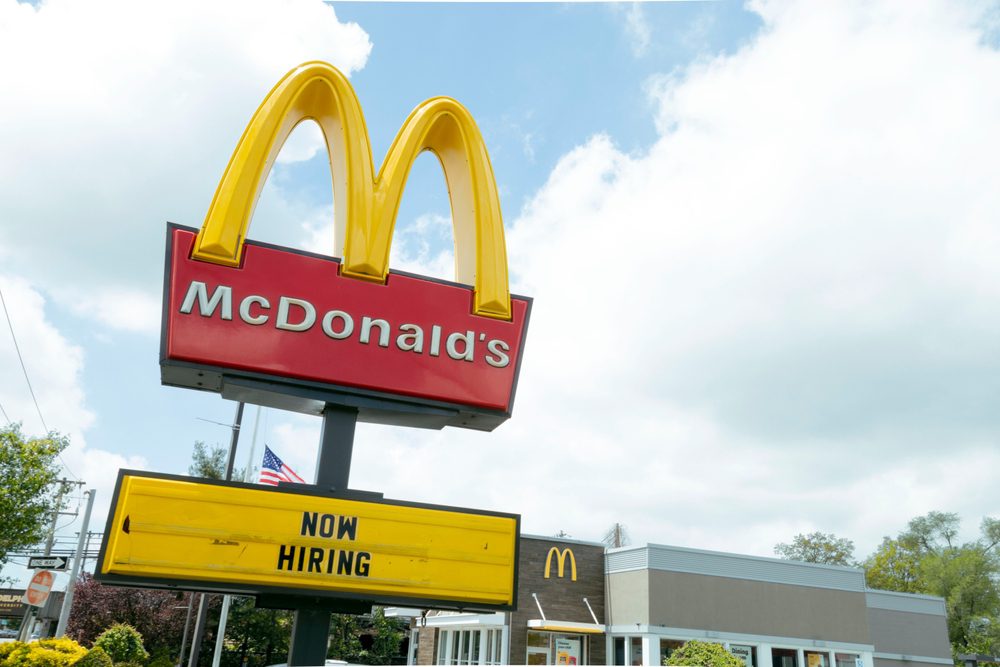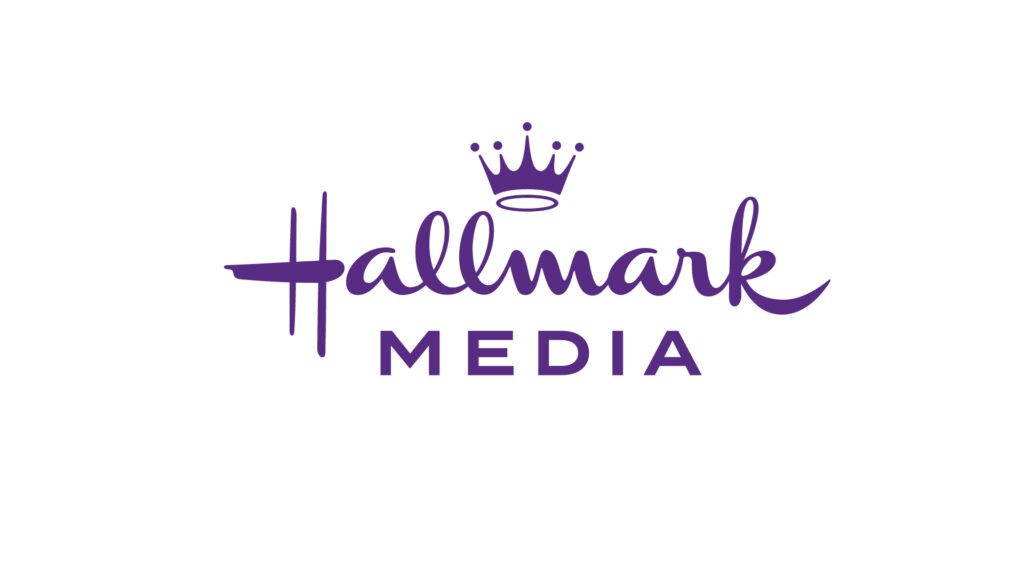WINE.COM’S BUSINESS IS built on a product requiring slow growth and constant nurturing. But in recent years its sales have looked less like a tender grape vine and more like unstoppable kudzu.
When the company started selling wines online in 1998 as Portland, OR-based eVineyard, it took in less than $2 million its first year. A few years later during the Net bubble bust-out, it bought the name and assets of unsuccessful rival Wine.com and began some serious growth, adding more product, more regional distributors and sales certification in more states. Last year, Wine.com was visited by more than 2 million surfers, shipped product to better than 100,000 customers in 36 states and booked $32 million in sales — a 40% increase from the previous year.
But that kind of growth poses a dilemma even for a privately held company like Wine.com: How do you keep it up? In this case, the answer was by becoming a “trusted partner” of Amazon.com.
For all Wine.com’s success, wine sales on the Web are still a drop in the snifter compared with total sales from brick-and-mortar retail outlets. As little as 1% of the $22 billion in such sales last year came over the Internet, according to Wine.com CEO George Garrick. And yet behavioral studies show that the majority of customers who buy goods online also consume wine.
Wine.com calculated the cost of growing organically — by driving more traffic to its Web site — and concluded that it would gain reach more cheaply in the long run by growth through an affiliation with Amazon.
“We had to look at what it would cost us to grow direct, vs. doing it indirectly through a partnership like this,” Garrick said. “By striking a revenue-sharing deal with Amazon, we’re saying that we think spending the money this way will produce better growth in the long run than trying to do it on our own.”
Garrick added that being able to call itself one of Amazon’s trusted partners on its home page also gives Wine.com a greater measure of credibility — a bit of big-brand cachet that can’t hurt when you’re trying to persuade customers to change their buying habits.
And Wine.com believes a large number of consumers are ready to switch to Internet purchasing. Most online shopping is done for three reasons, Garrick said: better selection, convenience and lower prices.
Wine.com’s visitors can search quickly through its approximately 14,000 offerings, reading house recommendations and reviews from customers and getting a short course in wine appreciation with the click of a mouse.
As for convenience, wines are delivered within a few days, so unless customers are looking for a bottle to bring to a party that night, they should be happy to let FedEx do the lifting and carrying. And while Wine.com is not less expensive than a local retailer, it’s not more costly, either.
And a recent development in the Supreme Court may help encourage the online wine habit. The justices ruled in May that states can’t bar out-of-state wineries from shipping product into their borders. While the ruling only applies to states that allow wine producers to sell directly to consumers without going through third parties, it’s assumed that this will help fuel an increase in the number of wineries hawking their vintages on the Internet.
In any event, Wine.com can now sell wine to about 85% of the U.S. population.
The affiliate arrangement is different from those that Amazon has with retail partners such as Toys ‘R’ Us, Office Depot and Target. In this case, Amazon visitors who click on the “wines” category in “gourmet foods” are directed to a site operated by Wine.com, not one administered by Amazon. The site has the exact look and feel of Wine.com’s home page — except for the “Welcome Amazon Visitors” headline and the special offer of $10 off their first order of $50 or more.
Garrick said the unique arrangement that directs visitors back to a landing page on Wine.com’s site came about because online wine sales are regulated by the states. This means retailers can only ship wine within a particular state if they have a state license, and if they source their wine from distributors in that state.
The Web site is limited to displaying inventory that’s available to customers in the state being shipped to. Wine.com visitors can customize products on the page via a pull-down menu of destination states.
 Network
Network

